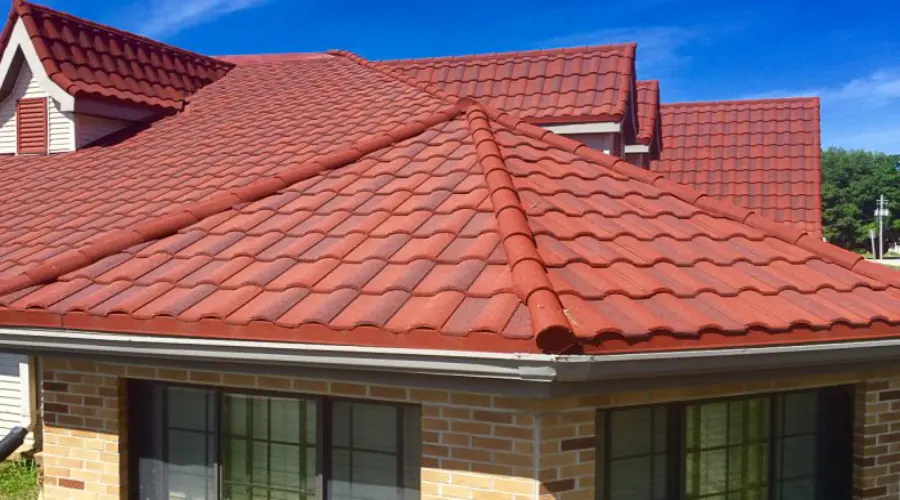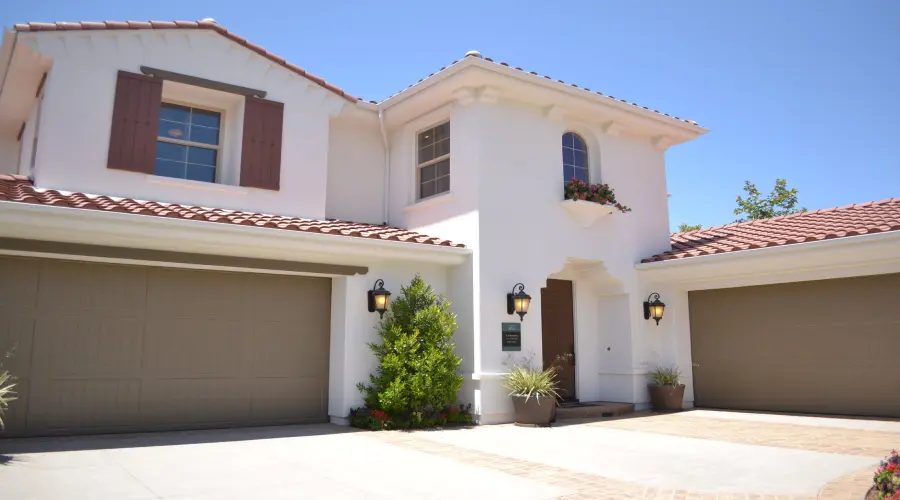A cool roof is designed to reflect more sunlight than a conventional roof, absorbing less solar energy. This lowers the temperature of the building just as wearing light-colored clothing keeps you cool on a sunny day. Conventional roofs can reach temperatures of 150°F or more on a sunny summer afternoon, Sun. Under the same conditions, a reflective roof could stay more than 50°F (28 °C) cooler. This can save energy and money in buildings with air conditioning, or improve comfort and safety in buildings without air conditioning, by reducing heat flow from the roof into the occupied space. Most cool roofs have high “thermal emittance”—the ability to shed heat by giving off “thermal infrared” radiation. Nearly any type of building can benefit from a cool roof, but consider the climate and other factors before deciding to install one with Roof Repair in Los Angeles.
Benefits Of Cool Roofs
A cool roof can benefit a building and its occupants by:
- Reducing energy bills by decreasing air conditioning needs
- Helping older inefficient (or undersized) air conditioners provide enough cooling for today’s hotter summers
- Qualifying for money-saving rebates from utilities or government programs
- Making it possible to downsize new or replacement air conditioning equipment, saving money and potentially Increasing cooling efficiency
- Improving indoor comfort and safety for spaces that are not air-conditioned
- Decreasing roof temperature, which may extend the roof service life
- Cool roofs can also incur a winter heating penalty. That is, absorbing less sunlight on the roof reduces heat conduction into the building, increasing the need for mechanical heating in winter. Beyond the building itself, cool roofs can also benefit the environment, especially when many buildings in a community have them. Cool roofs can:
- Lower local outside air temperatures, thereby lessening the urban heat island effect
- Slow the formation of smog from air pollutants, which are temperature-dependent, by cooling the outside air
- Reduce peak electricity demand, which can help prevent power outages
- Decrease power plant emissions by reducing the demand for energy to cool buildings.
- Help offset global warming by reflecting more sunlight into outer space.

Paint Your Roof Top White To Reduce Heat
Roofs of the buildings are exposed to the heat of the sun for the maximum period of the day so the roofs get heated and resultantly this entrapped heat is transferred to the rooms below them. Concrete retains heat for a long so once heated concrete roofs continuously transfer heat even at night. So we should limit its exposure to sunlight. There are a number of ways to do so. But Roof Contractors have to choose the best method which should be efficient, cost-effective, and needs no structural changes.
White Reflects Heat
You may have heard that light colors reflect heat and dark colors absorb it. It is pertinent to mention that many old civilizations used to paint their buildings white in order to reflect the heat of the sun. Here we take an example when you walk out on a hot day with a black shirt on, you get hotter and when you wear a white shirt you are literally reflecting the sunlight and are comparatively cooler. The same is true for a white-colored roof. White-colored roof reflects up to 85% or more of the sunlight.
Rooftop Paint To Reduce Heat
If the roof of your house is not light color or reflective, it will trap the heat of the sun inside the structure and will become hotter. You will have to run the AC much longer to reduce the temperature. Painting your rooftop white pays off immediately. By reflecting light and heat back into the atmosphere, a white roof will reduce your energy costs by keeping your house cool in the summer.

Why Is Roof Paint Necessary?
White paint is a very effective way of reflecting heat and light from roofs and reducing electricity bills during summer. Painting it white will reflect up to 85 percent of the sunlight and its heat back into the air, eliminating heat-trapping. This means you will need an air conditioner for less time. A white-painted roof may minimize the building temperature by about 2~5C and may reduce your electricity bills in the summer season by up to 10 to 30 percent.
New York has recently painted more than ten million square feet of rooftops white. California has updated its building codes to promote white roofs. Such type of pilot projects is already started in In Indian states of Bhopal, Ahmedabad, and Hyderabad where they used a lime wash to paint which proved to be inexpensive but need to repaint every year.